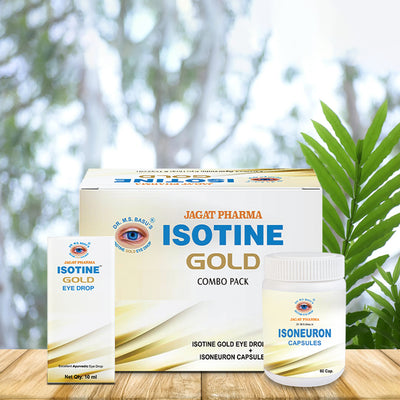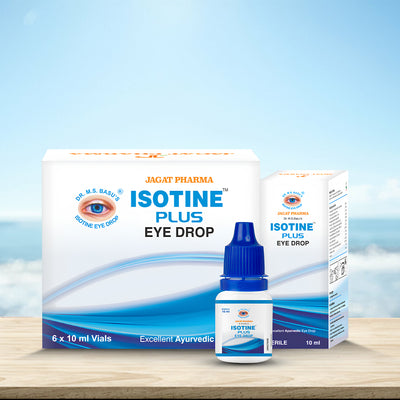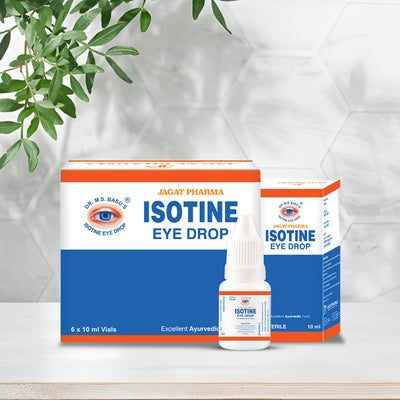
Reasons For Vision Loss & Maintaining Eye Health
What is sudden vision loss?
Sudden vision loss refers to a rapid and unexpected decrease in vision, which can occur over a few seconds to hours. It may affect one or both eyes and can be partial or complete. This condition requires instant medical attention as it often indicates a serious underlying issue, such as retinal detachment, vascular occlusions, or neurological disorders.
Causes of Sudden Vision Loss
1. Vascular Causes
Retinal Artery Occlusion
This condition arises when an artery that supplies blood to the retina becomes obstructed. The retina needs a continuous flow of oxygen and nutrients provided by the blood. When an artery is blocked, it can lead to irreversible damage to the retina.
Symptoms: Sudden, painless vision loss in one eye, often described as a curtain coming down over the field of vision.
Causes: Common causes include atherosclerosis (hardening of the arteries), emboli (blood clots), and giant cell arteritis.
2. Retinal Detachment
Rhegmatogenous Retinal Detachment
The most prevalent form of retinal detachment happens when a tear or hole in the retina permits fluid to leak underneath, causing it to detach from the underlying tissue.
Symptoms: Sudden appearance of floaters, flashes of light, and a shadow or curtain over a part of the visual field.
Causes: Often related to aging, severe myopia (nearsightedness), trauma, or previous eye surgery.
3. Ocular Conditions
Acute Angle-Closure Glaucoma
A rapid rise in intraocular pressure caused by a blockage in the eye's drainage canals, resulting in a fluid buildup.
Symptoms: Severe eye pain, headache, nausea, vomiting, blurred vision, and seeing halos around lights.
Causes: Can be triggered by pupil dilation in a person with a narrow drainage angle, often occurring in low light, during stress, or with certain medications.
4. Vitreous Hemorrhage
Bleeding into the clear gel inside the eye that is between the lens and the retina.
Symptoms: Sudden onset of floaters, blurry vision, or complete vision loss.
Causes: Commonly caused by diabetic retinopathy, retinal tears, trauma, or blood vessel abnormalities.
Neurological Causes
Optic Neuritis
Inflammation of the optic nerve, responsible for transfering visual information from the eye to the brain.
Symptoms: Sudden vision loss in one eye, pain with eye movement, and color vision changes.
Causes: Commonly linked to multiple sclerosis, it can also result from infections or autoimmune diseases.
Stroke
A stroke affecting the visual pathways in the brain can result in vision loss.
Symptoms: Unexpected vision loss in one or both eyes, often accompanied by other neurological symptoms like weakness, speech difficulties, or facial drooping.
Causes: A stroke can be produced by a blood clot or bleeding in the brain, affecting the areas responsible for vision.
5. Inflammatory and Infectious Causes
Uveitis
Inflammation of the uvea, the middle layer of the eye that encompasses the iris, ciliary body, and choroid.
Symptoms: Redness, pain, light sensitivity, blurred vision, and floaters.
Causes: Can be caused by autoimmune diseases, infections, or trauma.
Endophthalmitis
Severe inflammation inside the eye, usually due to an infection.
Symptoms: Severe pain, redness, swelling, decreased vision, and discharge from the eye.
Causes: Often occurs after eye surgery, injections, or trauma. Bacterial or fungal infections are common culprits.
6. Trauma
Ocular Trauma
Injury to the eye can cause immediate and severe vision loss, depending on the extent and type of injury.
Symptoms: Pain, redness, bleeding, swelling, and vision changes or loss.
Causes: Direct blows to the eye, foreign bodies, chemical burns, or penetrating injuries.
Factors that Increase the Risk of Blindness
Medical Conditions
- Diabetes: Leads to diabetic retinopathy, which harms blood vessels in the retina.
- Glaucoma: Increased intraocular pressure harms the optic nerve.
- Age-Related Macular Degeneration (AMD): Deterioration of the central part of the retina.
- Cataracts: Clouding of the eye's lens, common in older adults.
- Hypertension: Elevated blood pressure harms the blood vessels in the retina.
- Retinal Detachment: The detachment of retina from its supportive tissue.
- Optic Neuritis: Inflammation of the optic nerve, many times associated with multiple sclerosis.
- Infections: Such as herpes simplex virus & cytomegalovirus, which can affect the eyes.
Lifestyle Factors
- Smoking: Increases the risk of cataracts & AMD.
- Poor Diet: Lack of nutrients like vitamins A, C, E, and zinc can affect eye health.
- Exposure to UV Light: Prolonged exposure without protection can lead to cataracts and AMD.
Prevention of Blindness
Preventing blindness involves a combination of regular eye care, healthy lifestyle choices, and proactive management of underlying health conditions. Here are key strategies for the prevention of blindness:
Regular Eye Examinations
- Routine Check-ups: Schedule regular comprehensive eye exams, mainly if you have risk factors like high blood sugar or a family history of eye diseases.
- Early Detection: Early diagnosis of conditions like diabetic retinopathy, glaucoma, and age-related macular degeneration (AMD) can prevent progression to blindness.
Healthy Lifestyle Choices
- Balanced Diet: Take a diet rich in fruits, vegetables, and omega-3 fatty acids. Nutrients like vitamins A, C, E, & zinc support eye health.
- Avoid Smoking: Smoking increases the risk of cataracts and AMD. Quitting smoking can significantly improve eye health.
- Manage Weight: Maintain a healthy weight to decrease the chances of diabetes & hypertension, both of which can lead to eye problems.
Protection from UV Light
- Sunglasses: Wearing sunglasses that obstruct 100% of UVA & UVB rays save your eyes from cataracts and age-related macular degeneration (AMD).
- Hats: Wearing a hat with a brim can provide additional protection from the sun.
Control of Systemic Conditions
- Diabetes Management: Keep blood sugar levels under control to prevent diabetic retinopathy.
- Blood Pressure Control: Managing hypertension can reduce the risk of retinal vein occlusion and other vascular problems affecting the eyes.
- Regular Monitoring: If you have systemic diseases like lupus or rheumatoid arthritis, work closely with your healthcare provider to monitor and manage any potential eye complications.
Protective Eyewear
- Safety Glasses: Use suitable safety eyewear during activities that risk eye injury, such as sports, construction, or working with hazardous materials.
- Computer Screens: Use protective screen filters and take regular breaks to reduce eye strain when working on computers.
Immunizations and Hygiene
- Vaccinations: Ensure vaccinations, especially for rubella and measles, which can prevent infections that lead to blindness.
- Good Hygiene: Practice good hygiene, such as proper handwashing & avoiding touching your eyes, to prevent infections like conjunctivitis.
Avoiding Eye Strain
- Rest Breaks: Follow the 20-20-20 rule: every 20 minutes, take a 20-second break to look at something 20 feet away to minimize eye strain.
- Proper Lighting: Ensure adequate lighting when reading or doing close work to avoid straining your eyes.
Eye Drops to Maintain Eye Health
Isotine Plus Eye Drops
Isotine Plus Eye Drops is a renowned Ayurvedic solution that harnesses the power of Ayurveda to address various eye concerns and promote overall eye health. This Ayurvedic eye drop is particularly beneficial for individuals experiencing the initial onset of cataracts, offering a natural remedy to slow the progression of the condition. For those dealing with diabetic retinopathy, a complication of diabetes affecting the eyes, Isotine Plus Eye Drops provide a holistic approach to managing the condition and preserving vision.
Additionally, Isotine Plus Eye Drops is effective in addressing age-related vision problems. As individuals age, factors such as oxidative stress, inflammation, and structural changes in the eye can contribute to vision deterioration. This natural eye drop contains well-researched ingredients like Bhringraj oil, known for its vision-enhancing properties. Punarnava helps tackle persistent eye inflammation and the early stages of cataracts, while Tuth Bhasma, derived from cow urine, addresses various eye issues.
With its blend of potent Ayurvedic ingredients, Isotine Plus Eye Drops offers a comprehensive and natural approach to maintaining and improving eye health.
Conclusion
Maintaining eye health and preventing blindness requires proactive measures, including regular eye exams, healthy lifestyle choices, and managing systemic conditions. Utilizing natural remedies like Isotine Plus Eye Drops can also support eye health, addressing various conditions and promoting overall vision wellness with the power of Ayurvedic ingredients.


